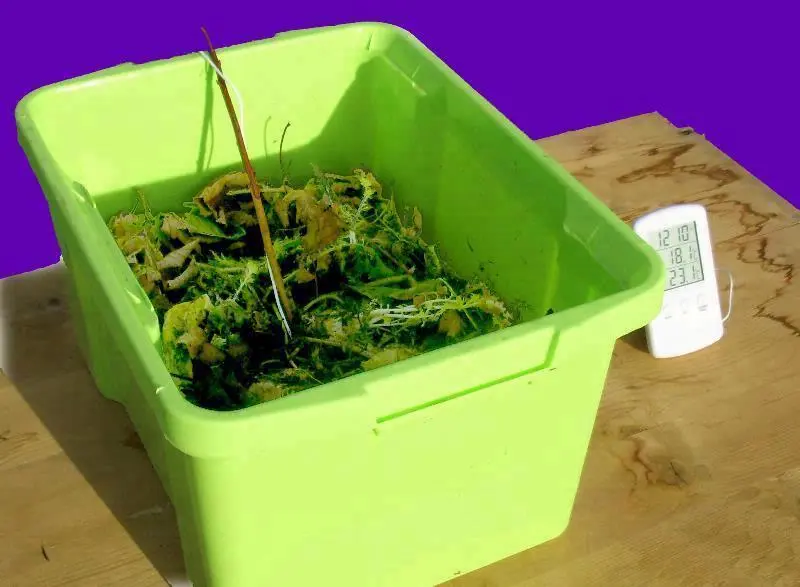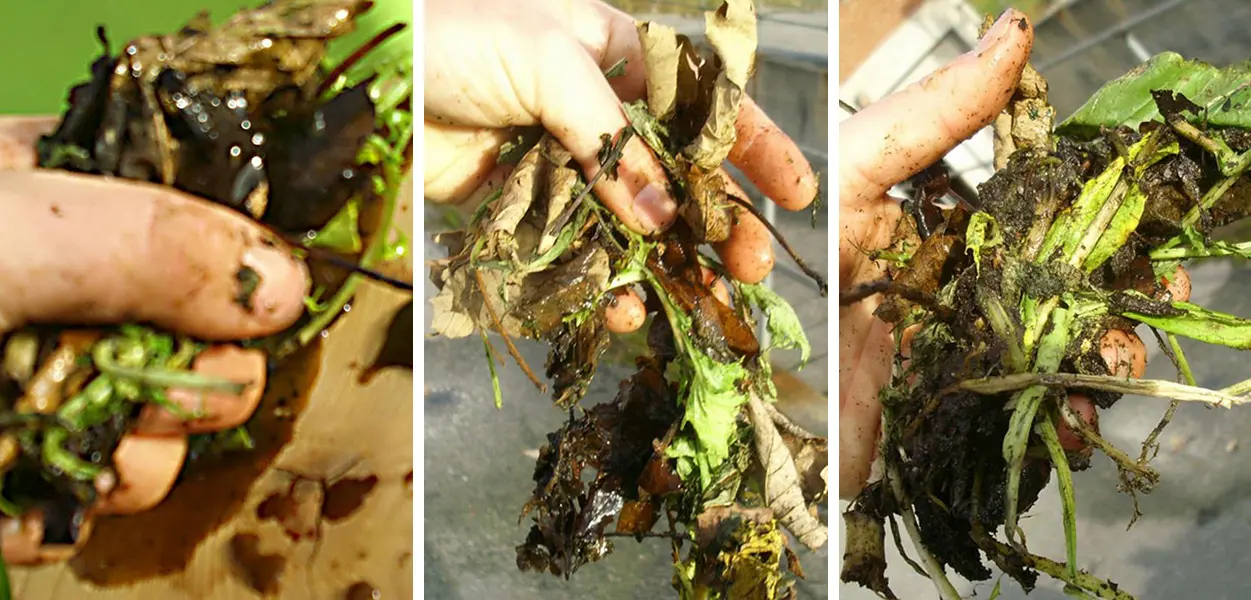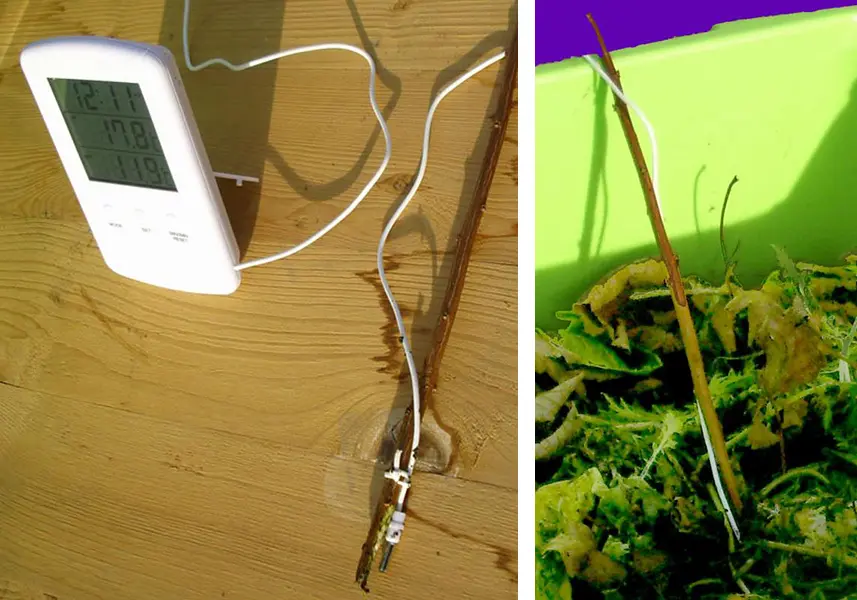The classroom compost box
The classroom compost box provides an introduction to the establishment of a simple composting system. It demonstrates how organic wastes such as kitchen residues can be recycled to fertilizer for the garden. The classroom compost box is a model of a household compost unit that enables pupils to gather ideas on how energy and material follow continuous cycling processes in nature.

A composting process is related to exciting effects such as energy release in form of heat, change of the material structure and different odours that can be investigated in the classroom compost box. It is good tool for teachers to introduce pupils to the topic of nutrient and energy cycles.
Learning goals
- Learn how to establish a simple compost system with the help of a manual
- Gather knowledge on the difference between materials that are biodegradable and materials that aren't decomposed in nature
Background information
Nature does not know wastes. All materials are continuously recycled and reused. Soil organism such as worms and bacteria decompose dead biomass from plants and animals and transform it into humus. Without these hard working organisms, a thick layer of dead organic material would soon cover our planet. The classroom compost box is a small-scale model of the nutrient recycling that goes on in nature.
Human society unfortunately produces a lot of materials that do not belong into the natural cycle. These materials (such as plastic) aren't decomposed in nature and can keep their original structure for decades or even centuries. It is therefore important that pupils learn which materials are degradable in nature and can be composted and which aren't. Since most of the non-degradable materials can also be recycled, it is crucial to learn how to properly separate our wastes and deliver them to the right places. Especially materials that can have hazardous effects in nature, such household chemicals or electronic wastes, need to be handled in an adequate way.
The classroom compost box enables pupils to figure out what is happening with different materials after dumping them in nature. Materials such as plastic, that do not get decomposed in the classroom compost box, will also not be decomposed in nature. And a washing-up liquid that stops the work of the compost bacteria may also have destructive effects to other ecosystems.

Time requirement
- You will need approximately one hour to build the classroom box.
- Running a compost process requires at least three weeks, preferably a whole semester to get data on the decomposing process.
Material requirement
- 1 plastic box with cover, approximate length 50 cm, width 30 cm, height 25 cm.
- 1 digital thermometer with an external sensor and a temperature range from 10°C to 50 °C.
- 1 litre of mature compost or of decomposed material from a forest top soil as inoculation material
- 15 litres of leaves (bulk material)
- 15 litres of different kitchen wastes

Let's start

The system is using an ordinary plastic container that is available in every bigger supermarket. It is important to drain liquid that may accumulate at the bottom of the box. This can be done with a 1-2 cm layer of sawdust.
The prepared box can be filled with shreddered kitchen wastes, leaves and some decomposed organic material that can be found in a existing compost or on a forest ground.
In order to keep the composting process active it is important to check the moisture content of the material every 3 days. This can be done with a simple squeezing test: Squeeze a handful material in the hand.
See and feel

Compost bacteria are hard workers and will produce heat that can be perceived or measured. In the classroom compost box the temperature increases by 5-10 ºC after 2-3 days. It is possible to feel that heat build-up with the hand or to measure it with the thermometer.
Degradable material will slowly will decomposed and change its structure. Plastic, coated paper or metal stuff however will remain more or less in its original state. The pupils should observe what is happening with the different materials and the temperature within the compost. They should also figure out if there are some differences to the box that is contaminated with washing-up liquid.
Didactical comments
- Before setting up the system it is essential to let the pupils reflect on what they know about composting and natural cycles. One way to do this is by showing them a picture, figure, drawing or concept cartoon and ask them questions like «what happens with dead animals in the forest»?
- It should be a daily routine to check the system and write a log where they make records of their observations. Every week pupils should summarize what they have observed and learned from the system.
- To follow the development of the system pupils may take digital pictures or draw cartoons. The system may also work as an open-ended experiment where the pupils develop and test their own hypothesis.
- Make a study trip to the next forest, let the children find some litter and draw conclusions what will happen with such dumped civilisation materials in a natural ecosystem, based on their observations in the classroom compost box.